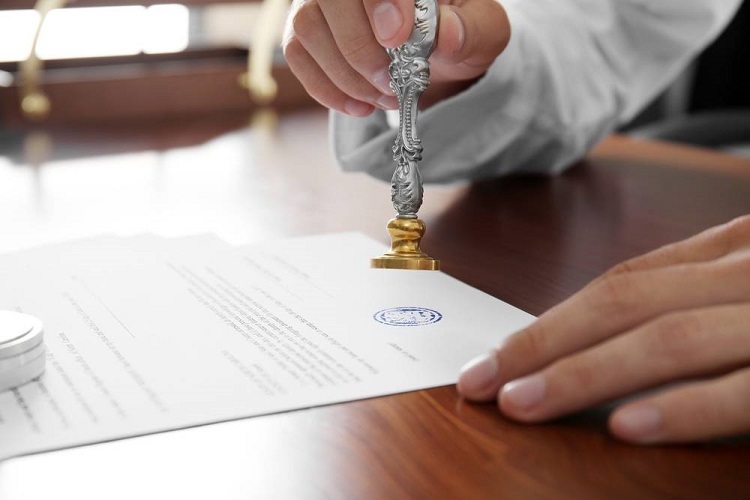An encumbrance certificate is a legal document of the house that contains details about all the listed transactions of the house. It provides information that the house has no continuing monetary or legal obligation. It is essential to collect an Encumbrance Certificate because of the following stated reasons.
Table of Contents
Why do you need to have an EC?
- If you are taking a home loan from a bank or Non-Banking Financial Institutions, then they ask you to provide EC of the house for the last 10-15 years. It is to ensure that there are no pending dues or mortgages taken against the house.
- Also, you need to submit EC to your employer when you withdraw your PF amount for taking a home loan.
- In the case of mutation of property, you would require to obtain an Encumbrance certificate.
- If the property tax has not been paid on the concerned property, then you need to get it updated at the Village/Panchayat office. To do the same, you would require to have an EC.
- When you sell your property or house to someone, you need to transfer the Encumbrance Certificate to the new owner of the house.
What are the different forms you can get in an Encumbrance Certificate?
An Encumbrance Certificate is issued in two forms.
Form 15: If the property has any encumbrance or pending liability, then you will be issued Form 15. It contains information such as the nature of the encumbrance such as gift, partition, lease and loan, the parties involved, the registered number of the document and other details in a date-wise manner.
Form 16: If there are no pending liabilities on the house or property, then you are issued a Nil-encumbrance certificate or Form 16 stating that there are no monetary or financial obligations against the house.
How to get an Encumbrance Certificate?
An Encumbrance Certificate can be obtained through online and offline modes.
Getting an EC through online mode: You can obtain an EC in few states such as Delhi, Kerala, Tamil Nadu, Odisha, Puducherry, etc.
- To get an EC, visit the official website of the land registration portal of your state.
- Next, find the option of ‘Apply EC’.
- Now, you will be redirected to the application form of the EC.
- Fill the required form and then click on the save/update button.
- Next, enter the time for which you want to get an EC.
- Now, submit the EC fee and mention the period for which you want an EC.
- Next, you will be redirected to the ‘Acknowledgement’ window. Click on ‘View Acknowledgement’ and print the encumbrance certificate.
- After the verification of the application form and the property in the concerned period, you will be issued EC or NIL EC.
Getting an EC through offline mode: To get an Ec through offline mode, visit the registrar office where the property has been registered and submit the form 22. After verification of the property papers, you will be provided Form 15 or Form 16. However, as you visit the office, don’t forget to carry essential property documents along with you.
Documents required to get an EC: You would need the following documents to get an EC.
- The title and property details.
- The registration copy of the property
- Address proof of the person applying.
- Copy of property sale deed/gift deed/release deed or partition deed, in case any of it was executed previously.
- The deed number along with the registration number which contains the date and book number.
- Signature of the applicant.
How much time does it take to get an EC?
If you have applied for an EC through offline mode, it will take 15-30 days for getting an Encumbrance Certificate. However, the EC can be processed in 2-3 days if you have applied for EC through online mode.
Summary: What is Encumbrance Certificate (EC)?
An encumbrance certificate is a legal document of the house that contains details about all the listed transactions of the house. It provides information that the house has no continuing monetary or legal obligation. It is essential to collect an Encumbrance Certificate because of the following stated reasons.
If you are taking a home loan from a bank or Non-Banking Financial Institutions, then they ask you to provide EC of the house for the last 10-15 years. It is to ensure that there are no pending dues or mortgages taken against the house.
Also, you need to submit EC to your employer when you withdraw your PF amount for taking a home loan.
- In the case of mutation of property, you would require to obtain an Encumbrance certificate.
- If the property tax has not been paid on the concerned property, then you need to get it updated at the Village/Panchayat office. To do the same, you would require to have an EC.
- When you sell your property or house to someone, you need to transfer the Encumbrance Certificate to the new owner of the house.
If the property has any encumbrance or pending liability, then you will be issued Form 15. It contains information such as the nature of the encumbrance such as gift, partition, lease and loan, the parties involved, the registered number of the document and other details in a date-wise manner. If there are no pending liabilities on the house or property, then you are issued a Nil-encumbrance certificate or Form 16.


Comments